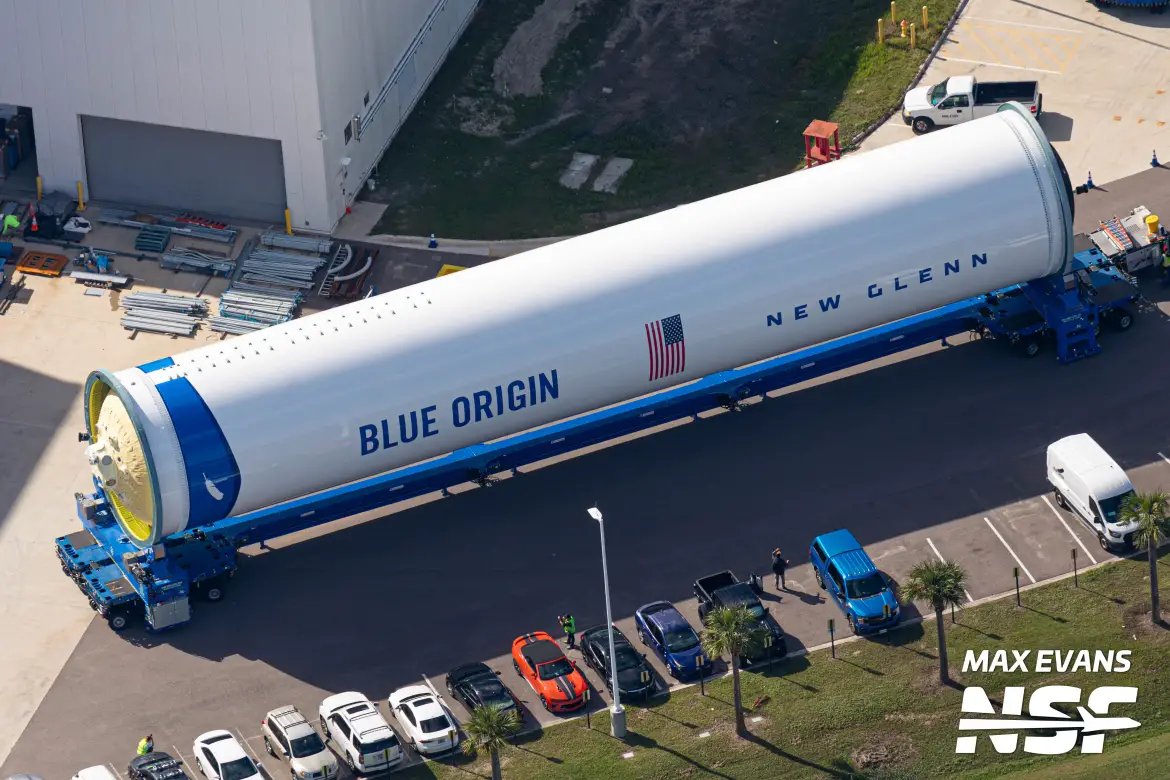The Rise Of Chinese Automakers: Are They Poised For Global Success?

Table of Contents
Technological Innovation and Electric Vehicles
China's ambition in the automotive sector is strongly linked to its advancements in electric vehicle technology. This commitment is evident in its dominance in battery technology and its push towards autonomous driving capabilities.
EV Battery Technology and Manufacturing:
China's prowess in EV battery production is a significant factor in its automotive industry's rise. This dominance translates to cost advantages and technological leadership.
- Examples of Chinese battery manufacturers: CATL (Contemporary Amperex Technology Co. Limited), BYD (Build Your Dreams), and CALB (China Aviation Lithium Battery) are leading global players, supplying batteries to numerous automakers worldwide.
- Advancements in battery technology: Chinese companies are at the forefront of developing next-generation battery technologies, including solid-state batteries, promising increased energy density, faster charging times, and improved safety.
- Cost advantages: Economies of scale, access to raw materials, and lower labor costs give Chinese battery manufacturers a significant cost advantage over competitors.
Autonomous Driving Capabilities:
Chinese automakers are making significant strides in autonomous driving technology, investing heavily in research and development and forming strategic partnerships with tech giants.
- Specific examples of autonomous driving features: Many Chinese automakers are integrating advanced driver-assistance systems (ADAS) and Level 2 autonomous driving features into their vehicles, with some pushing towards higher levels of autonomy.
- Partnerships with tech companies: Collaboration with companies like Baidu and Huawei is accelerating the development and integration of AI-powered autonomous driving systems.
- Regulatory landscape: While the regulatory landscape for autonomous vehicles is still evolving in China, the government's supportive stance is fostering innovation and testing.
Government Support and Economic Policies
The Chinese government has played a crucial role in the growth of the domestic automotive industry through strategic policies and substantial financial support.
Subsidies and Incentives:
Government subsidies and incentives have been instrumental in driving the expansion of the Chinese automotive sector, particularly in the EV segment.
- Types of government support: These include direct subsidies for EV purchases, tax breaks for manufacturers, and funding for research and development in battery technology and autonomous driving.
- Impact on production and export: These incentives have fueled massive production increases, leading to a surge in exports of Chinese-made vehicles.
- Comparison with government support in other countries: Compared to many other nations, China's level of government support for its automotive industry is significantly higher, fostering rapid growth.
Infrastructure Development:
China's massive investment in charging infrastructure is paving the way for widespread EV adoption, both domestically and internationally.
- Scale of infrastructure investment: The country has built an extensive network of charging stations, making it easier for consumers to adopt EVs.
- Government initiatives to promote EV adoption: Policies promoting the use of EVs, including restrictions on internal combustion engine vehicles in certain cities, are accelerating the transition.
- Comparison with infrastructure in other markets: China's charging infrastructure is arguably the most extensive globally, creating a competitive advantage for its EV manufacturers.
Competitive Pricing and Global Expansion Strategies
Chinese automakers are leveraging cost advantages and employing aggressive global expansion strategies to penetrate international markets.
Cost Advantages and Production Efficiency:
Lower labor costs, access to raw materials, and efficient manufacturing processes give Chinese automakers a significant cost advantage.
- Lower labor costs: Manufacturing costs in China are generally lower than in many other countries, contributing to competitive vehicle pricing.
- Access to raw materials: Proximity to raw materials used in vehicle production reduces transportation costs and ensures a stable supply chain.
- Economies of scale: The massive scale of production in China allows for economies of scale, further lowering production costs.
Market Penetration Strategies:
Chinese automakers are employing various strategies to expand globally, including partnerships, acquisitions, and targeted marketing campaigns.
- Examples of successful market entry strategies: Some Chinese brands are entering new markets through partnerships with local distributors, while others are establishing their own sales networks.
- Challenges faced in international markets: These include overcoming brand perception challenges, adapting to different regulatory environments, and navigating cultural differences.
- Brand building and marketing initiatives: Significant investments in branding and marketing are crucial for building brand awareness and trust in international markets.
Challenges and Obstacles
Despite their rapid growth, Chinese automakers still face several challenges in their pursuit of global dominance.
Brand Perception and Trust:
Building global brand recognition and trust remains a key challenge for Chinese automakers.
- Addressing concerns about quality and safety: Overcoming historical concerns about quality and safety standards requires consistent efforts to meet and exceed international standards.
- Overcoming negative stereotypes: Targeted marketing campaigns and demonstrating technological superiority can help dispel negative stereotypes.
- Marketing strategies to build brand image: Investing in premium branding, emphasizing innovation, and showcasing technological leadership are crucial aspects of building brand image.
Global Trade Relations and Geopolitical Factors:
Geopolitical tensions and trade disputes can pose significant risks to Chinese automakers' global expansion plans.
- Trade barriers: Tariffs and trade restrictions imposed by other countries can increase the cost of exporting Chinese vehicles.
- Tariffs: Increased tariffs can negatively impact the price competitiveness of Chinese vehicles in foreign markets.
- Political risks: Political instability and changes in government policies in different countries can affect market access and investment decisions.
- Diversification strategies to mitigate risk: Diversifying production and sales across multiple markets helps mitigate risks associated with geopolitical instability.
Conclusion:
The rise of Chinese automakers is undeniable. Their technological advancements, particularly in electric vehicle technology and autonomous driving, combined with government support and aggressive global expansion strategies, position them as significant players in the global automotive market. However, challenges remain, including building global brand trust and navigating complex geopolitical landscapes. The success of Chinese automakers will depend on their ability to address these challenges while continuing to innovate and adapt to the ever-changing dynamics of the global automotive industry. To stay informed about this dynamic sector and its impact on the global automotive market, continue to follow industry news and analyze the strategies of these rapidly growing companies. Understanding the future of Chinese automakers is key to understanding the future of the automotive industry itself.

Featured Posts
-
 How Middle Management Drives Organizational Success And Employee Development
Apr 26, 2025
How Middle Management Drives Organizational Success And Employee Development
Apr 26, 2025 -
 Beyond Disney 7 Top Orlando Restaurants For 2025
Apr 26, 2025
Beyond Disney 7 Top Orlando Restaurants For 2025
Apr 26, 2025 -
 Stock Market News Dow Futures Chinas Economic Response And Tariff Concerns
Apr 26, 2025
Stock Market News Dow Futures Chinas Economic Response And Tariff Concerns
Apr 26, 2025 -
 Bullions Rise Amidst Trade Tensions A Detailed Look At Gold Prices
Apr 26, 2025
Bullions Rise Amidst Trade Tensions A Detailed Look At Gold Prices
Apr 26, 2025 -
 Vehicle Subsystem Issue Forces Blue Origin Launch Cancellation
Apr 26, 2025
Vehicle Subsystem Issue Forces Blue Origin Launch Cancellation
Apr 26, 2025
